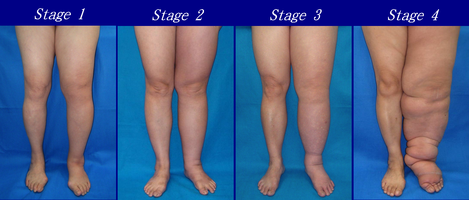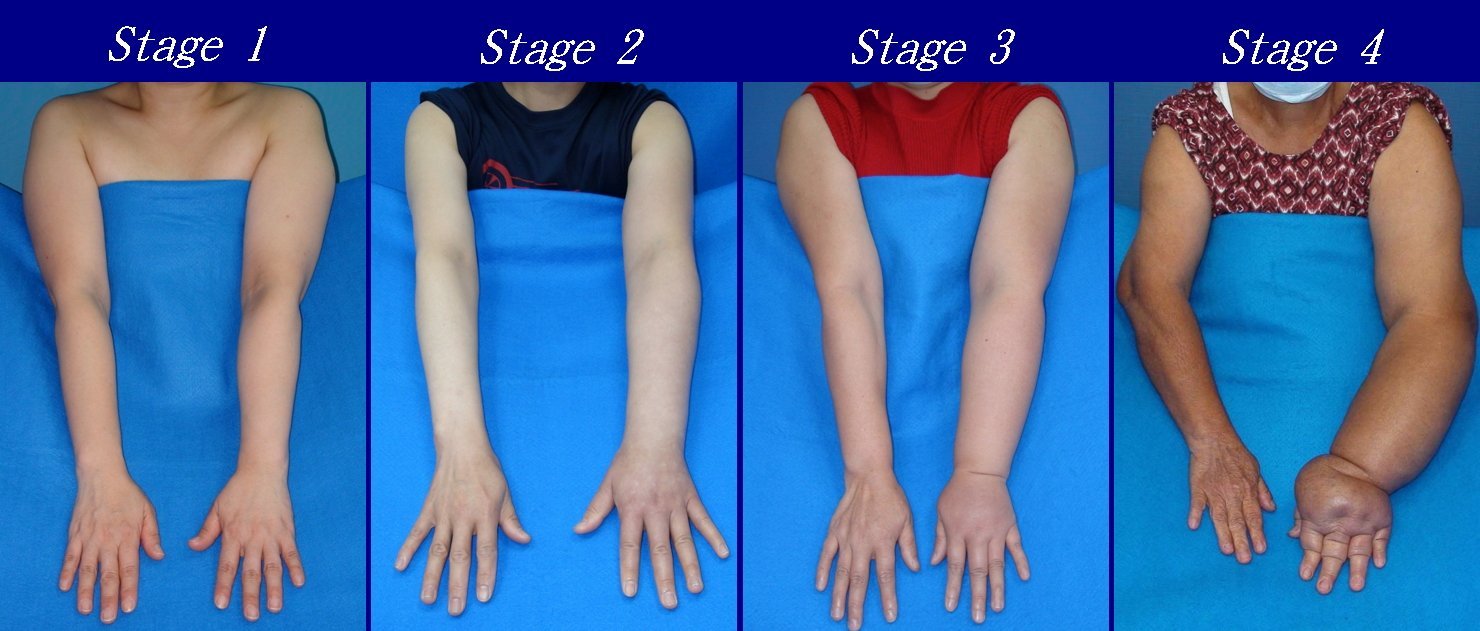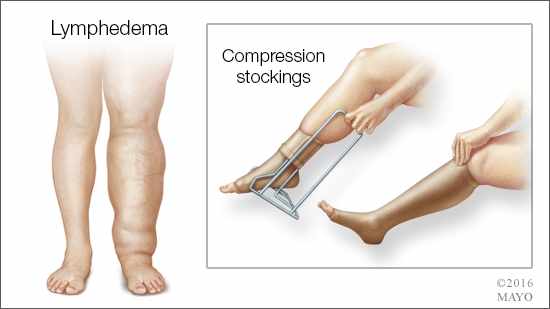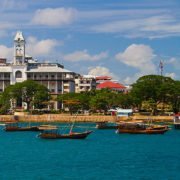Many times we witness our loved ones suffering from swollen legs or arms. This condition is known as lymphedema. It generally occurs in one of the arms or legs.
If this problem is happening to you it is best to know that there is no cure for it but it can be managed with early diagnosis and diligent care of your affected limb.
Your lymphatic system is crucial to keeping your body healthy. It circulates protein-rich lymph fluid throughout your body, collecting bacteria, viruses and waste products.
Your lymphatic system carries this fluid and harmful substances through your lymph vessels, which lead to lymph nodes. The wastes are then filtered out by lymphocytes infection-fighting cells that live in your lymph nodes and ultimately flushed from your body.
Just to make it more clear lymph is a colorless fluid containing white blood cells, which bathe the tissues and drains through the lymphatic system into the bloodstream. Lymph nodes are small swellings where lymph is filtered. Your body’s lymphatic system is part of your immune system, which protects you against infection and disease.
Lymphedema occurs when your lymph nodes/ vessels are unable to adequately drain lymph fluid, usually from an arm or leg. Lymphedema can be either primary or secondary.
This means it can occur on its own (primary lymphedema), or it can be caused by another disease or condition (secondary lymphedema). Secondary lymphedema is far more common than primary lymphedema. Secondary lymphedema can be caused by any condition or procedure that damages your lymph nodes or lymph vessels such as Surgery, Radiation treatment for cancer, Cancer itself and Infection. An infection of the lymph nodes or parasites can restrict the flow of lymph fluid.
Infection-related lymphedema is most common in tropical and subtropical regions and is more likely to occur in developing countries such as ours. Primary lymphedema is rare, it is inherited caused by problems with the development of lymph vessels in your body.
Symptoms that will occur in your affected arm or leg are swelling of part or all of your arm or leg, including fingers or toes, a feeling of heaviness or tightness, restricted range of motion, aching or discomfort, recurring infections and hardening and thickening of the skin.
Factors that may increase your risk of developing lymphedema apart from cancer, from cancer treatment or from other secondary causes are; older age, excess weight or obesity and rheumatoid or psoriatic arthritis.
Most common complications that we see are Infections, mostly serious bacterial infection of the skin (cellulitis) and an infection of the lymph vessels (lymphangitis). The smallest injury to your arm or leg can be an entry point for infection.
For prevention, if you have had or you are going to have cancer surgery, ask your doctor whether your procedure will involve your lymph nodes or lymph vessels. Ask if your radiation treatment will be aimed at lymph nodes, so you’ll be aware of the possible risks.
To reduce your risk of lymphedema, try to: protect your arm or leg, avoid injury even small ones to your affected limb, rest your arm or leg while recovering, avoid heat on your arm or leg, elevate your arm or leg above the level of your heart, and avoid tight clothing that could constrict your arm or leg.
Keep your arm or leg clean, inspect the skin on your arm or leg daily, watching for changes or breaks in your skin that could lead to infection. Don’t go barefoot.

lymphedema stages on legs

lymphedema stages on arms

















Comments